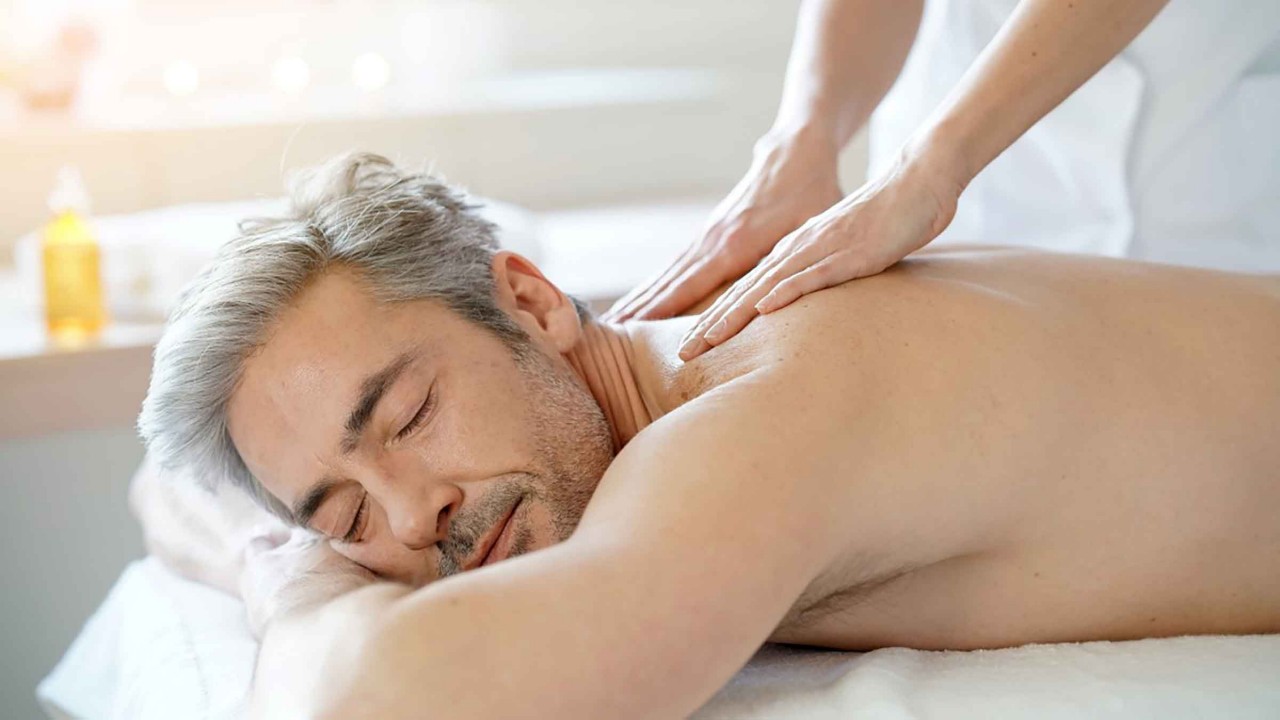Can massage therapy help improve your health?

People who treat themselves to an occasional massage often describe feeling deeply relaxed and rejuvenated afterward. But allowing a professionally trained massage therapist to manipulate your tissue and muscles can be more than just an enjoyable hour of pampering. Massage therapy offers potential health dividends that can extend beyond the session.
Some benefits are obvious, like less pain or stiffness in your hips, back, neck and shoulders. Maybe an injury heals faster, or a headache goes away. But what’s going on beneath the surface?
For starters, massage therapy could improve your immune system and enhance blood and lymph functions to fight infections. It may even help restore muscle tone lost due to long-term bed rest and ease anxiety, depression and stress, according to the Cleveland Clinic.
While many people find it beneficial for their overall wellness, massage therapy is also used to complement standard treatments for a range of medical conditions. In fact, a survey conducted by the American Massage Therapy Association (AMTA) found that 41 percent of respondents received a massage for medical reasons, such as pain, stiffness, spasms or injury recovery. Around 90 percent considered the hands-on manipulation good for their overall health and wellness.
Now that you know a few of its potential health benefits, let’s look at the most common types of this popular therapy, each targeting different results.
- Swedish massage uses long, gliding strokes, kneading, circular movements and tapping to relax and energize. This can lead to improved circulation, increased flexibility and relief from chest congestion, headaches and muscular or digestive disorders.
- Deep-tissue massage targets layers of muscle and tissue with slow, intense pressure and more forceful strokes. Deep massage can help relieve pain, loosen connective tissue and repair muscle damage from injuries or overuse.
- Sports massage combines techniques of Swedish and deep-tissue massage to release muscle tension and help prevent sports injuries.
- Trigger point massage releases tight muscle fibers from injuries or overuse and can relieve respiratory disorders such as sinus pressure.
- Acupressure applies deep finger pressure firmly on specific areas called acupoints to send healing signals to other parts of the body. Acupressure can help minimize migraine and other headaches, neck pain, nausea, back pain, anxiety, insomnia and depression, according to the UCLA Center for East-West Medicine.
Massage therapy may be covered by your health insurance, or you may be able to use health savings account (HSA) or flexible spending account (FSA) dollars to pay for it. If you have pre-existing medical conditions, make sure you discuss massage therapy with your doctor before treatment.

